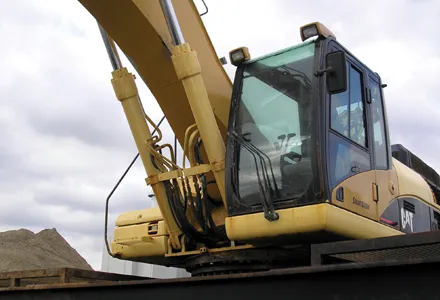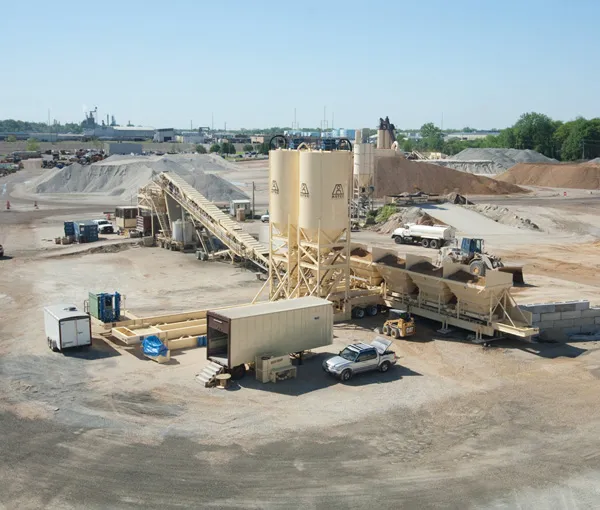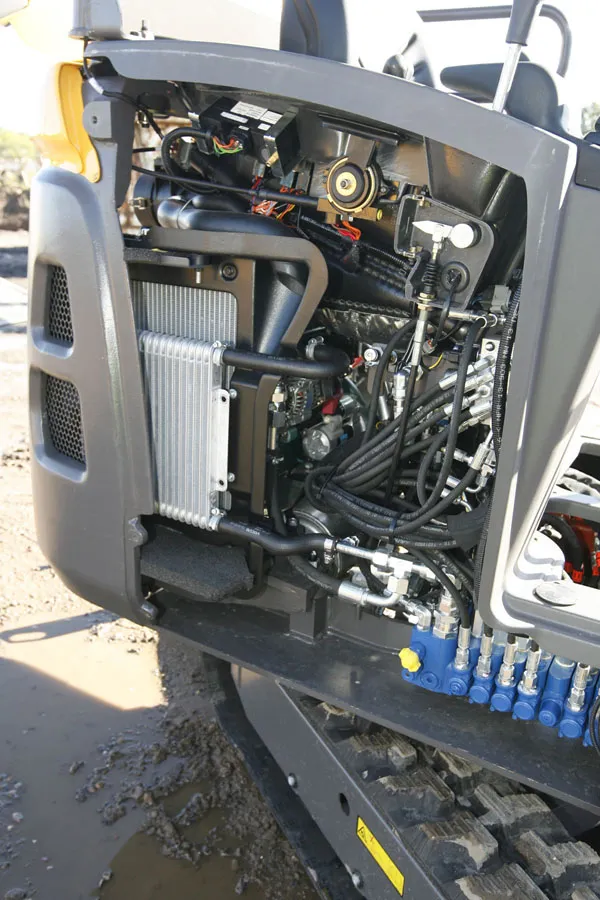Caterpillar's UK dealer Finning UK has completed the first Cat Certified Hydraulic Rebuild (CHR) in Europe. mWhile rebuild of a machine or a powertrain is an option that many Cat dealers worldwide have been offering for years under the Cat Certified Rebuild (CCR) and the Cat Certified Powertrain (CPT) programmes, following the same idea of rebuild, Finning carried out a hydraulic system overhaul for customer Westminster Dredging.
February 17, 2012
Read time: 3 mins

While rebuild of a machine or a powertrain is an option that many Cat dealers worldwide have been offering for years under the Cat Certified Rebuild (CCR) and the Cat Certified Powertrain (CPT) programmes, following the same idea of rebuild, Finning carried out a hydraulic system overhaul for customer Westminster Dredging.
This was the first rebuild under the new CHR programme in Europe, and among the first in the world. What made Finning's hydraulic rebuild particularly unusual was that the work was carried out on a Cat 330 medium-size hydraulic excavator that is permanently mounted on a dredging ship working off the coast of the UK. The excavator's undercarriage has been removed and its slew tower is directly mounted on the Norstone, a trailing suction hopper dredger.
The Norstone works for Northwood Gravels, a subsidiary of Westminster Dredging, which in turn is part of the Royal
Delivered in 2006, the excavator had clocked up 4,335 hours of operation when the rebuild started: working constantly in salt water takes its toll on hydraulic and electrical components.
However it was not the machine that prompted the rebuild. The ship was moved to a dry dock for its regular special survey, so Westminster's technical superintendent Peter Tudor opted to carry out the CHR at the same time to prevent downtime in the future.
With no track motors or lower hydraulic components, Finning developed a specific CHR programme for Westminster, and the machine was transported to Finning's Halstead workshop in Essex, where the company could ensure that Cat standards of hydraulic cleanliness could be met.
The dealer rebuilt the engine and complete hydraulic system, using the most cost-effective combination of new, remanufactured and reconditioned sub-components. For example, for the engine the company opted for remanufactured fuel injectors, cylinder head and turbo, reconditioned sub-components and new gaskets and seals. Product updates were included to bring the Cat 330 up to date with the latest machines.
Although the excavator is used to discharge dredged materials from the ship rather than actually digging below the waterline, there was corrosion on the rams that required more complex repair work to be carried out.
However, the rebuild totalled just 40% of the cost of a replacement machine, and that's without taking into account the lack of demand for a Cat 330 without an undercarriage on the used equipment market.
In addition Finning was able to complete the work and refit the excavator on the ship within the time-frame that the vessel was out of the water. Ordering a replacement excavator would have required a longer lead time, due to the unusual machine specification.
"The decision to have a complete hydraulic rebuild has proven the most cost-effective option for us. At the moment the machine is operating perfectly," says Peter Tudor.








